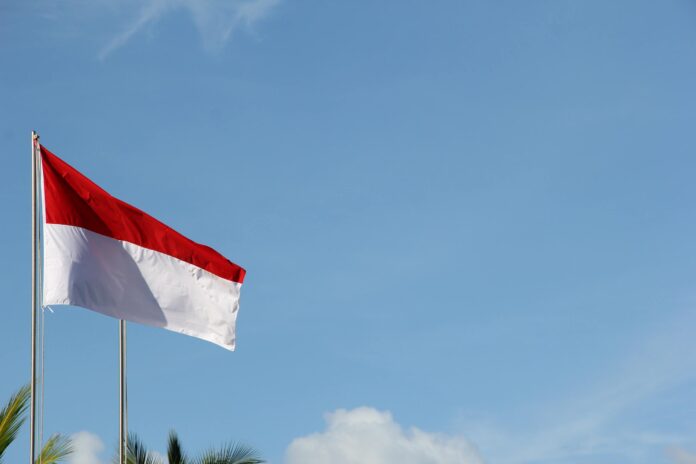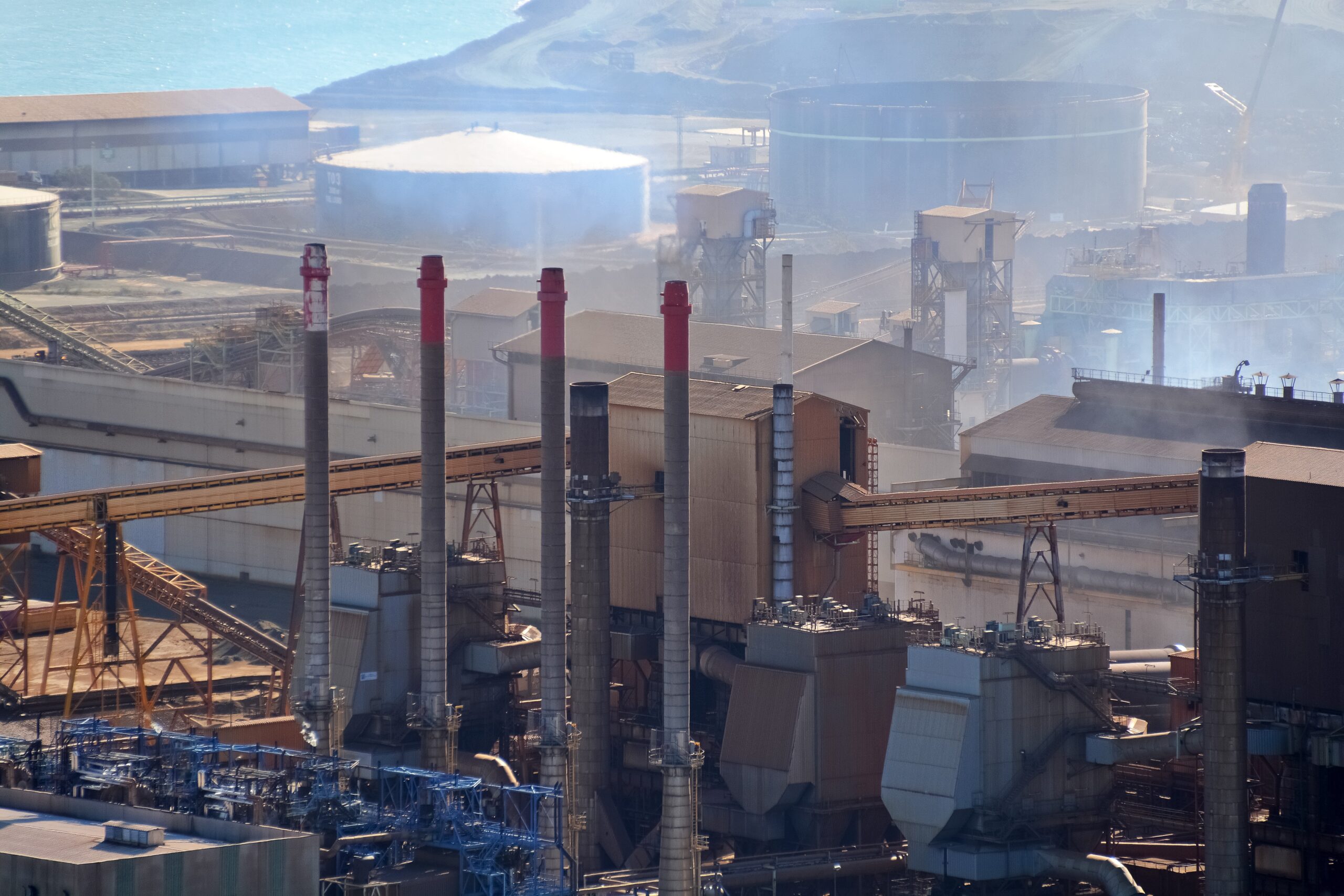In the midst of a highly uncertain global landscape, Indonesia has once again achieved an impressive milestone by reclaiming its position as an upper middle-income country (UMIC). According to the latest data released by the World Bank, Indonesia experienced a significant rise of 9.8% in its Gross National Income (GNI) per capita, reaching an impressive US$4,580 in 2022 compared to US$4,170 in 2021.
Sri Mulyani Indrawati, the Finance Minister of Indonesia, emphasized that this elevation to the upper middle-income country category is a testament to the nation’s strengthening economy. She further explained, “The upward trajectory of Indonesia’s economy, as indicated by the growth of the economy and the subsequent increase in per capita income, signifies a commendable progress and a positive development.”
This positive development has not gone unnoticed by investors and bondholders who have responded favorably to Indonesia’s rise. Consequently, there has been a surge of interest from investors in the Indonesian government bond market (SBN). Additionally, this positive shift is expected to attract a substantial influx of foreign direct investment (FDI) into the country, further bolstering its economic growth.
The Finance Minister’s sentiments were echoed by Febrio Kacaribu, the Head of the Fiscal Policy Agency (BKF) at the Ministry of Finance, who attributed Indonesia’s elevation to the upper middle-income category to effective pandemic management, the successful implementation of the Covid-19 Handling and National Economic Recovery Program (PC-PEN), and the nation’s economic transformation through downstreaming of natural resources.
Kacaribu emphasized the critical role played by the PC-PEN program in supporting the country during the challenging times of the pandemic, enabling Indonesia to accelerate its national economic recovery. Moreover, the downstreaming policy for natural resources has significantly contributed to the country’s export performance and strengthened its external balance.
Looking forward, achieving the Vision of Indonesia Maju 2045 (Indonesia Advancing Forward), the government will persistently pursue its agenda of structural reform and economic transformation. These essential prerequisites will drive the country’s continued enhancement of competitiveness, productivity, and the creation of high-value-added economic activities.
To achieve these goals, Indonesia remains committed to strengthening its human resources, accelerating infrastructure development, and undertaking regulatory and bureaucratic improvements. These concerted efforts are pivotal in fostering a more conducive and competitive business environment that will attract both local and foreign investments.
The journey towards a prosperous and advanced Indonesia is underway, and the country’s elevation to upper middle-income status marks another significant milestone in its path to sustainable development.


















